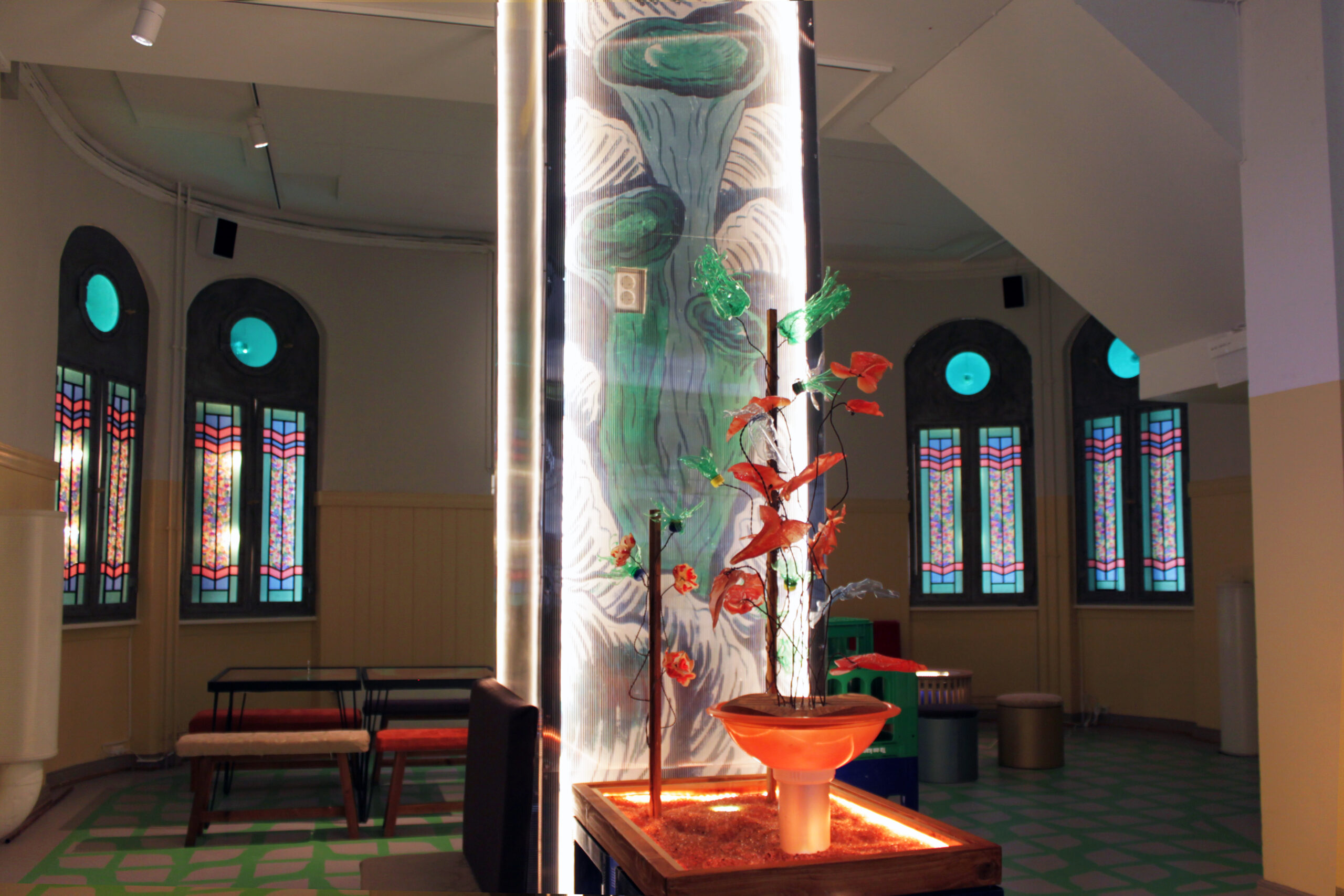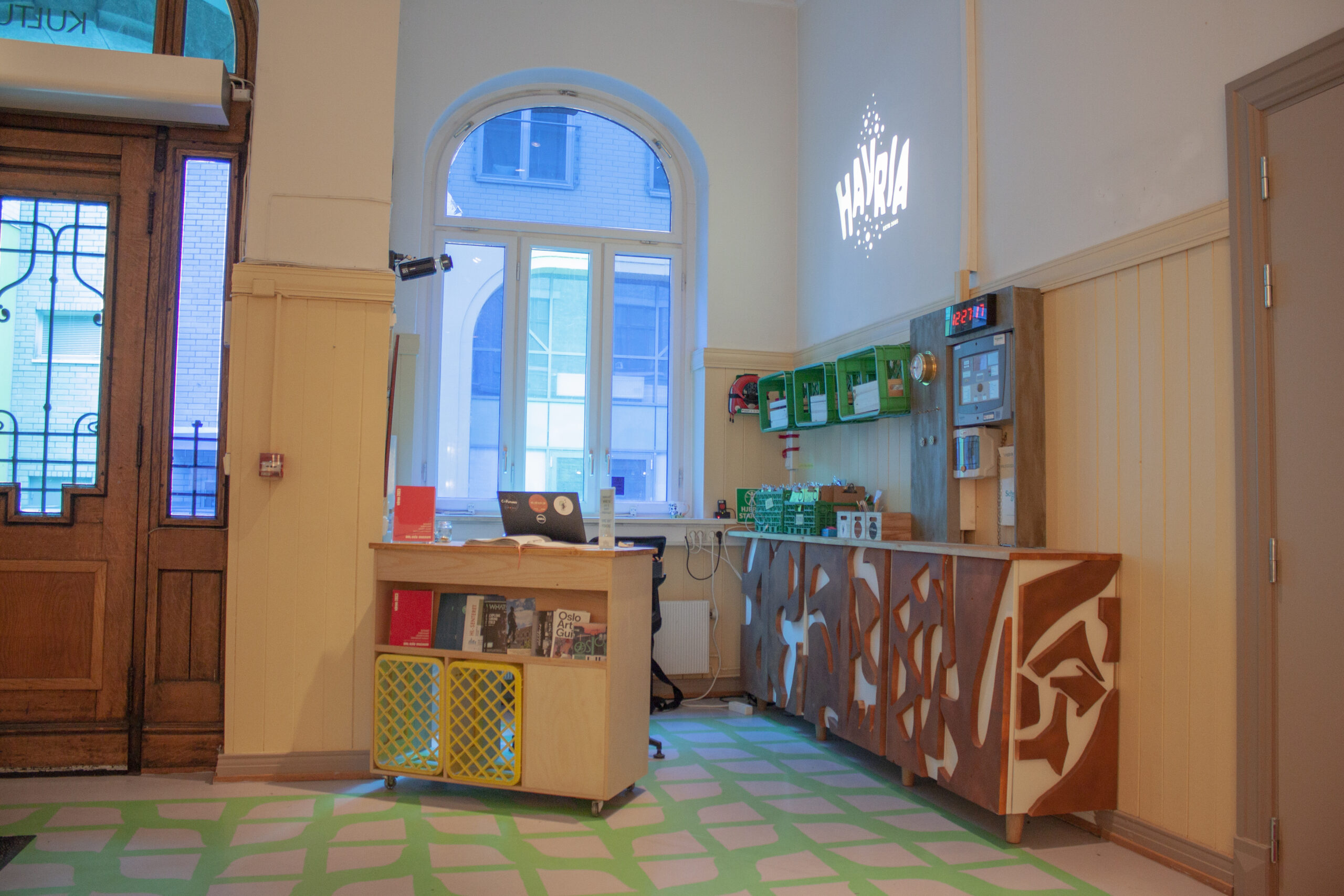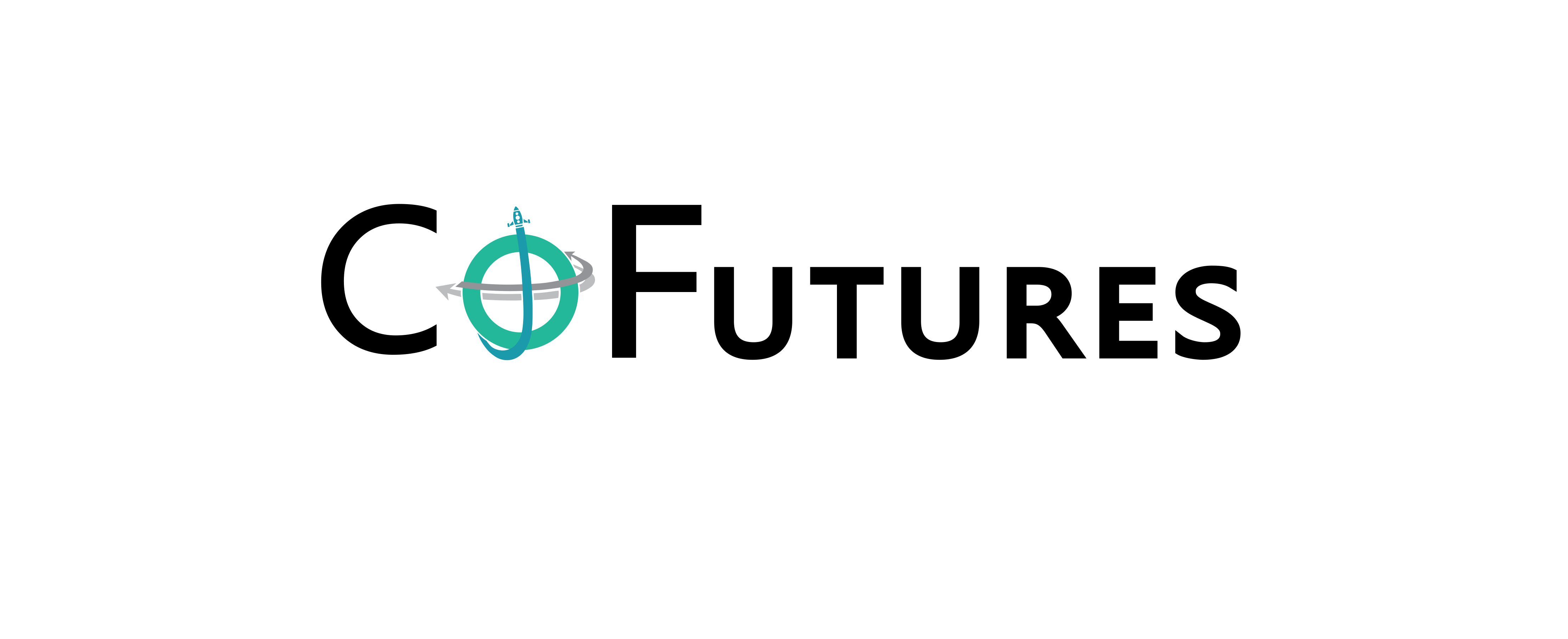HAVRIA
2092
Welcome to Hotel Havria. You have just entered the lobby, located on the floor U-25 of the building some 80 meters below the surface of the Oslofjord. Havria is part of a unique chain of hotels scattered around the globe. Finished in 2085, Havria rises 100 floors from the seabed, with the upper half breaking through the surface of the sea and stretching into the sky. It is a place for refuge and luxury accessible and affordable to all. It is full of restaurants, playgrounds, and cinemas; and offers a variety of peculiar activities and experiences. Here everyone is welcome, whether you are in dire need of a shelter or just need some time off from your busy life.

The process behind HAVRIA
Workshop 1, spring 2022
The idea for Havria hotel came about through four workshop evenings in March 2022. The workshops took place at the Intercultural Museum, in Oslo fjord garden at Sukkerbiten, and at the University of Oslo at Blindern. Perhaps it was at Sukkerbiten by the sea that the idea of a future hotel in the ocean came to life. The hotel combines commercial interests with climate measures and social justice action.
Participants: Hassan Abdiwahid Hassan, Liza Mohammed Mohammed, Hanan Sharmarke Osman Hared, Ezgi Bolkar
Workshop 2, autumn 2022
Early on, designer Katarina Caspersen realized that it would be difficult to recreate the hotel’s 100 floors in the exhibition, so she decided to focus on Havria’s reception and lobby. Since the museum reception also needed a makeover, it was decided to make it part of the exhibition. Every visitor to the museum or the Oslo School of the Arts therefore must enter through an imaginary hotel lobby, 24 floors below sea level! Hanan and Liza from Workshop 1 assisted Katarina and joined her in the workshop where parts of the interior were made.
Designer: Katarina Caspersen
Workshop 3, winter holidays 2023
14 children aged 9-13 took part in a course at Manglerud swimming pool and Activity Center during the winter holidays 2023, where they made an underwater sculpture for the hotel reception. They were guided by Anne Thrine Jackwitz, teacher of visual arts.

Challenge questions
by CoFuturesOceans host 80% of planetary biodiversity, and hold 42 times more carbon than the atmosphere. These processes and oceanic cycles are difficult and sensitive to maintain. Increasing ocean acidification caused by human activity not only threatens oceanic life, it is an existential risk that threatens all life in the future: in the model developed by the Stockholm Resilience Center, it is one of the 9 planetary boundaries. Yet even with
all this knowledge, humans have been notoriously lax in taking care of the oceans. More than a million marine animals die each year in the oceans due to plastic pollution. We already know that offshore oil drilling, oil spills, and other marine activities are an environmental catastrophe that needs to be stopped now. In building Havria, one can not just dream of escape underwater, one must also find a way to do it without damaging the ocean ecosystems. Can you imagine a healthy post-oil world? What would it look like? What actions can you take today to get to this future tomorrow?
